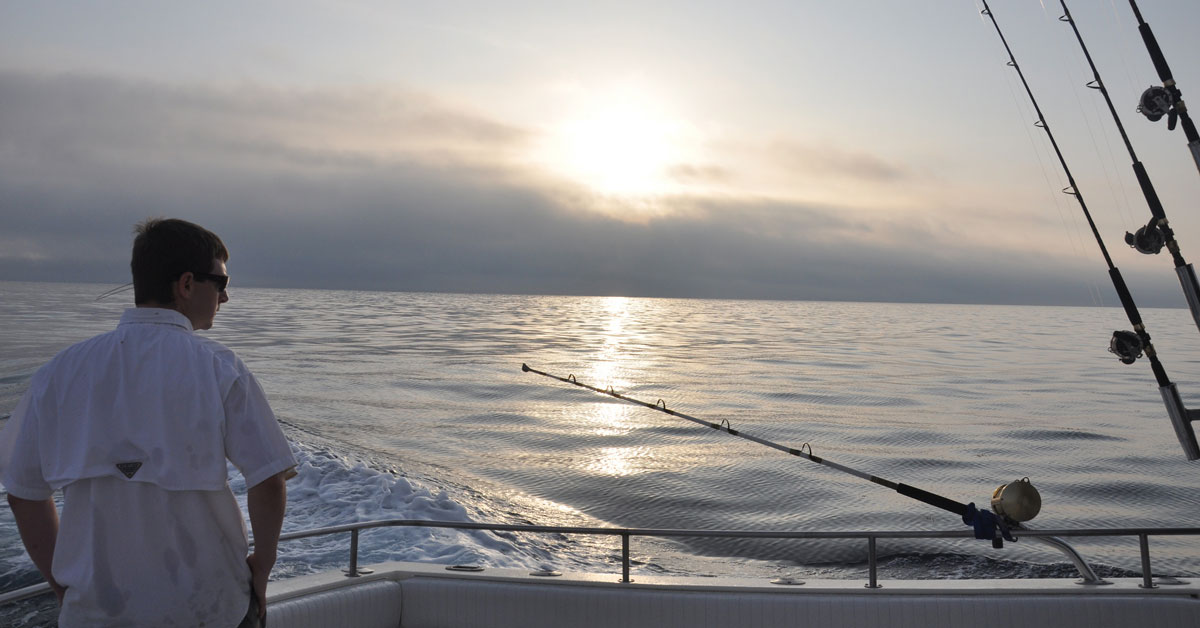These marine resources have taken a major hit, but firm commitments from the state, feds, and researchers could help bring back lost fish habitat
Seagrass beds and coral reefs are two vitally important habitats for a variety of popular sportfish—including tarpon, redfish, snook, speckled trout, bonefish, permit, cobia, snapper, and groupers—as well as the forage fish and crustaceans these predators eat.
Increased salinity levels in Florida Bay, due to a lack of freshwater moving through the Everglades, has combined with poor water quality, hurricanes, and coral diseases to take a significant toll on these critical habitats over the last three decades. In fact, hyper-saline conditions in 2015 led to historic seagrass loss in Florida Bay, and it’s estimated that Florida’s natural coral reefs have experienced as much as a 90-percent loss in some areas.
But with funding and support from sportfishing conservation organizations, proactive steps have been taken at the local, state, and federal level to address the root causes of both seagrass and coral mortality. Here’s how.
National Commitment to the Everglades
Beginning with the authorization of the Central Everglades Planning Project in the 2016 Water Resources Development Act (WRDA), and continuing with the authorization of a southern storage reservoir in the Everglades Agricultural Area, key projects will allow for more clean water to move south into the Everglades and eventually Florida Bay, reducing the need for discharges that damage coastal estuaries.
State Steps Up
In June 2019, the state of Florida and U.S. Department of Transportation announced a combined $100-million commitment to elevating more than six miles of the Tamiami Trail highway (US 41) to allow for water to pass under the road and into Everglades National Park. The announcement was made just as an earlier phase of the project was completed—a $90-million effort that elevated more than three miles of the highway to allow for increased water flow.
In This Together
Commitments to coral restoration have been made, as well. Federal-state partnerships—including the Water Quality Protection Program, administered by the U.S. EPA and Florida’s Department of Environmental Protection, and the Florida Keys Water Quality Improvement Program—have aimed to better control wastewater discharges. Scientists with NOAA and the Florida Keys National Marine Sanctuary have worked closely with Florida’s DEP and FWC to identify the causes of coral disease, develop effective responses, and determine how to best restore affected areas.
Florida’s Mote Marine Laboratory has also been studying coral diseases, investing more than $6 million in combined state and federal funds to plant nearly 100,000 corals in affected areas over the last five years.

Florida’s Fishing Future
The Everglades Foundation, American Sportfishing Association, Theodore Roosevelt Conservation Partnership, Captains for Clean Water, National Audubon Society, National Wildlife Federation, and a host of other conservation and sportfishing organizations have pushed for a federal commitment of $200 million each year for the next 10 years to complete vital Everglades restoration and water quality improvement projects across South Florida.
Florida Governor Ron DeSantis and the Florida Legislature have allocated more than $400 million to Everglades restoration and water quality improvements.
These combined efforts to address habitat restoration in South Florida will ensure the future of sportfishing in this destination fishery.
This topic was featured at TRCP’s annual Saltwater Media Summit at ICAST on July 11, 2019.
Thank you to our expert panelists: Eric Eikenberg, chief executive officer of the Everglades Foundation; Sarah Fangman, superintendent of the Florida Keys National Marine Sanctuary; Eric Sutton, executive director of the Florida Fish and Wildlife Conservation Commission; Noah Valenstein, secretary of the Florida Department of Environmental Protection.
And our sincerest gratitude to our generous sponsors: American Sportfishing Association, Bass Pro Shops, Costa, Florida Fish and Wildlife Conservation Commission, National Marine Manufacturers Association, NOAA, Peak Design, Recreational Boating and Fishing Foundation, takemefishing.com, and Yamaha.





Protect our lands